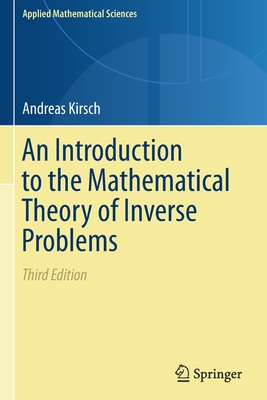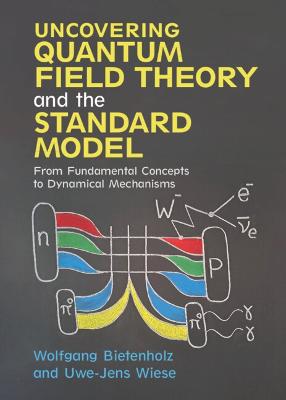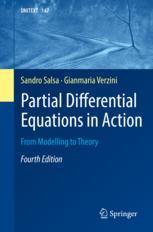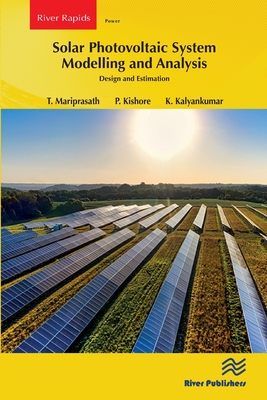
Handbook of the EuroLaser Academy
工程热物理
¥
553.00
售 价:
¥
442.00
优惠
平台大促 低至8折优惠
出 版 社
出版时间
2012年10月15日
装 帧
平装
页 码
671
语 种
英语
综合评分
暂无评分
- 图书详情
- 目次
- 买家须知
- 书评(0)
- 权威书评(0)
图书简介
If in some processes oxygen is used, additional energy is provided at a rate P ch by chemical reactions. The flow of energy per unit time can then be written: (1. 2) From the above it can be made clear that it is the rate of energy fluxes, i. e. 2 intensities [J/ms] that determines into which channel the energy goes and how the interaction zone will be modified in its state (solid, liquid, gaseous) and geometrical shape (plane, dip, deep hole) -in other words which kind of treatment process will be established (hardening, welding, drilling etc. ). In the following, it will be shown that, in fact, it is the intensity of the beam, which together with the interaction time, primarily governs the interaction phenomena. 1. 1. 2 Laser beam properties determining interaction and energy coupling etJeets In order to yield an efficient process, it is necessary to obtain adequate intensity at the workpiece and to couple a fraction of the incident power as high as possible into the material. The beam properties being of importance in this respect are, (Hugel, 1992): 1. the wavelength A. , governing, in principle, the focusability and absorptivity; 2. the polarisation, having considerable influence on the absorptivity for large angles of incidence; 3. the power P which together with the achievable spot diameter d L f determines the intensity in the interaction zone; 4.
本书暂无推荐
本书暂无推荐















